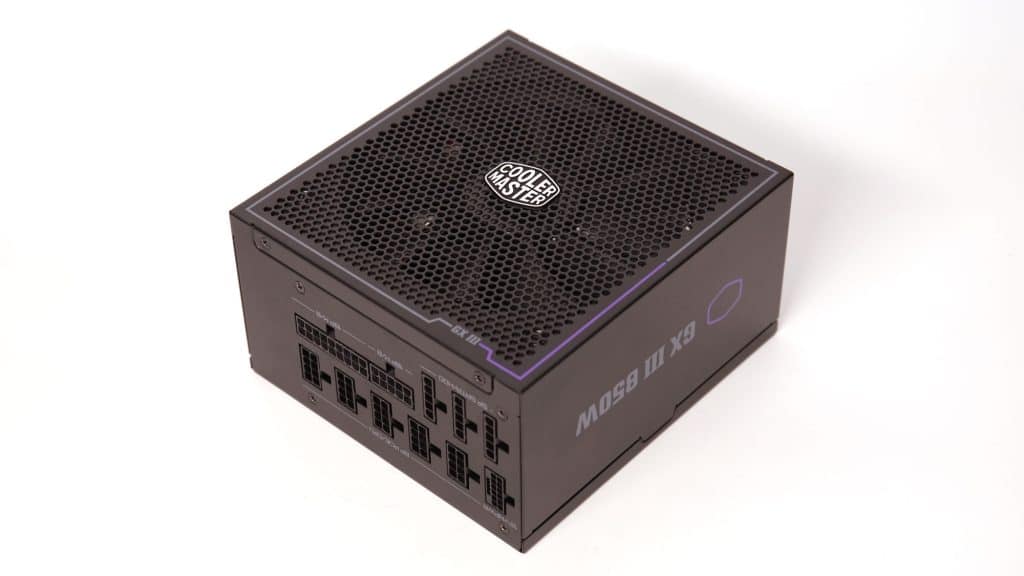Epilogue
The Cooler Master GX III 850W does not achieve a competitive overall performance score at 115V, and it is slightly better at 230V, but still far away from the top offerings in this category. Load regulation is tight at 12V but loose on the minor rails, affecting the overall performance. The same goes for transient response, where the PSU doesn’t perform well, especially in the ATX v3.x tests, where the 12V rail drops low, close to the lower limit, with a 200% transient load. Ripple suppression is good on the minor rails, and I could say decent at 12V, although the PSU takes over the last place in the respective chart. Still, I cannot say that 43 mV at full load and 47°C is a bad performance. The hold-up time is high enough, and the power ok signal is accurate. The TK bulk cap has enough capacity, and CM has faith in its performance since it supports this unit with a ten-year warranty. I wouldn’t worry much about the capacitors in this PSU, but mostly about its cooling fan and whether it will survive through the warranty. Instead of a Hong Hua, used in the higher capacity GX III models, this one uses a Yate Loon fan, usually found in mainstream models. Given the $170 price tag, I expected a better fan.
The good aspects of this platform include a long hold-up time and low inrush currents at 230V. The protection features are also conservatively set, but having the same OCP triggering point under cold and hot conditions is not ideal. Overall, this is a decent PSU, but at 170 dollars, it is too expensive! As long as someone can get a Thermaltake GF3 850W, made by CWT, at 120 dollars, or a Thermaltake GF A3 850, made by HKC, at 95 dollars, it doesn’t make any sense to invest in this CM unit. Cooler Master should revise its pricing scheme and probably avoid expensive OEMs like Lite-On, focusing on offering higher performance per-price products.
To check all alternative PSU offerings, read my Best ATX v3.x PSUs article before investing in a new power supply. You help me a lot by using my affiliate links, which don’t increase the product’s price. I get a commission from Amazon every time you do it, which can make a difference for me, especially now that I am on my own, working exclusively for my media and not for someone else.
- Delivered full power at 47°C
- ATX v3.0 and PCIe 5.0 ready
- High soldering quality
- Efficient
- Great performing APFC converter
- Low inrush currents at 230V
- Conservatively set protection features
- Efficient 5VSB rail
- Long hold-up time
- Long and accurate power ok signal
- Alternative Low Power Mode (ALPM) compatible
- Fully modular
- Plenty of cables, including a high power one (12+4 pin, 450W)
- Ten-year warranty
- Expensive
- Fan speed profile could be more relaxed for lower noise output
- Loose load regulation on the minor rails
- Mediocre transient response
- Increased standby power
- EPS cables should be longer than the ATX one
- Short distance (120mm) between peripheral connectors
- Low-quality fan



